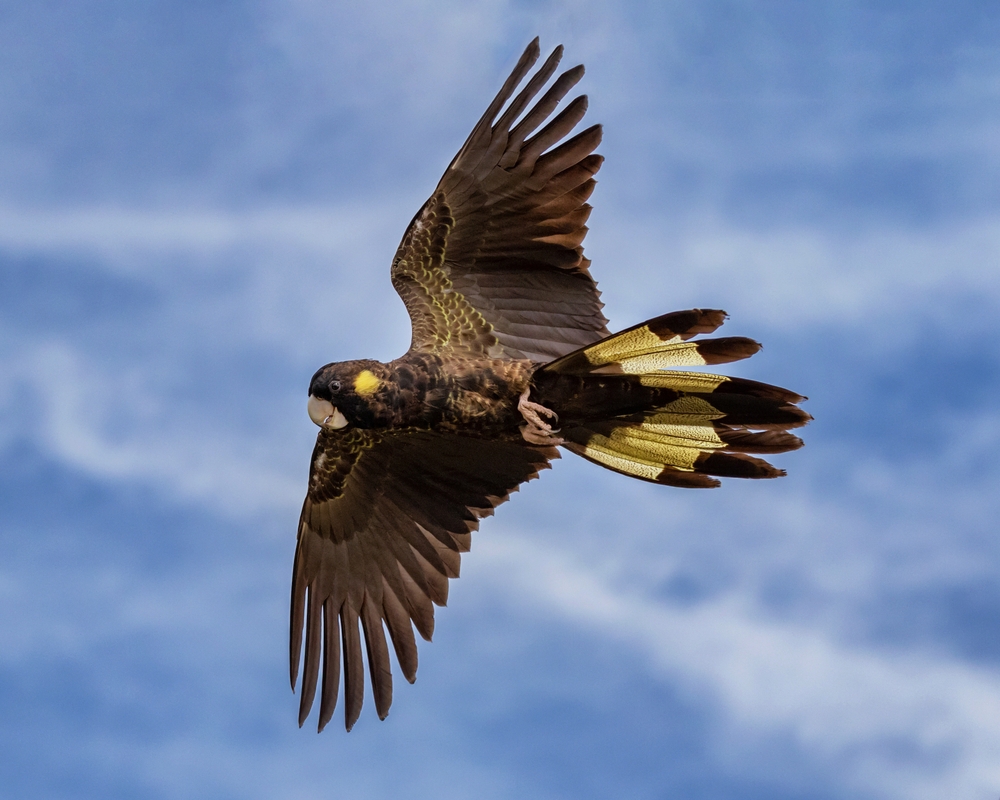| Common name | Green and golden bell frog |
| Scientific name | Litoria aurea |
| Type | Amphibian |
| Diet | Carnivorous, eating insects and other frogs including juveniles of its own species |
| Average lifespan | Between 10 and 15 years |
| Size | Females grow up to 10cm in length, with males slightly smaller at 8cm |
An unusual colour combination of a bright green back, with gold patches, sets these frogs apart from similar species but they are less recognisable when cold or inactive as they turn completely dark brown in colour and blend into their surrounds.

Once common along coastal lowland areas of eastern New South Wales and Victoria, an amphibian chytrid fungus, along with habitat fragmentation, degradation, and the disappearance of large portions of habitat altogether, has seen numbers of the green and golden bell frog dramatically reduce. The frog is now only found in small populations within the Sydney Basin, northern coastal New South Wales, Broughton Island, a small number of locations in the southeast highlands and coast including Batemans Bay, East Gippsland Lowlands and South East Coastal Ranges, Sydney and south-eastern Victoria.
Relying heavily on different habitats for certain times within their lifecycle, the green and golden bell frog takes up residence in specific places according to when they breed, search for food, and over the winter period. Marshes, dams, and calm streams are some of the preferred places that this frog chooses to reside, with water bodies preferably unshaded, grassy areas nearby, and free from predators like the plague minnow. Other predators of the green and gold bell frog include snakes and various wading birds.
The green and gold bell frog eats a range of insects such as spiders, crickets, beetles, damselflies, butterflies, and ants. This species also preys on other frogs, actively locating them by the sound of their call and they have been known to also eat juvenile frogs from their own species.
Quite vocal in their communication, it’s the male green and golden bell frog that is most often heard calling. Males let out a long growl that lasts several seconds, followed by a series of short grunts such as “cr-a-a-aw-a-a-awk cra-a-a awk crok crok” and they do this while floating in water. These frogs tend to call more often following periods of rain.

Active by day, the green and golden bell frog enjoys basking in the sunlight and breeds during the warmer summer months. Frogs lay eggs in small clusters in the water amongst aquatic vegetation and these take between two and five days to hatch after fertilisation. Tadpoles can measure up to 8cm in length with the process of metamorphosis taking around six weeks.











